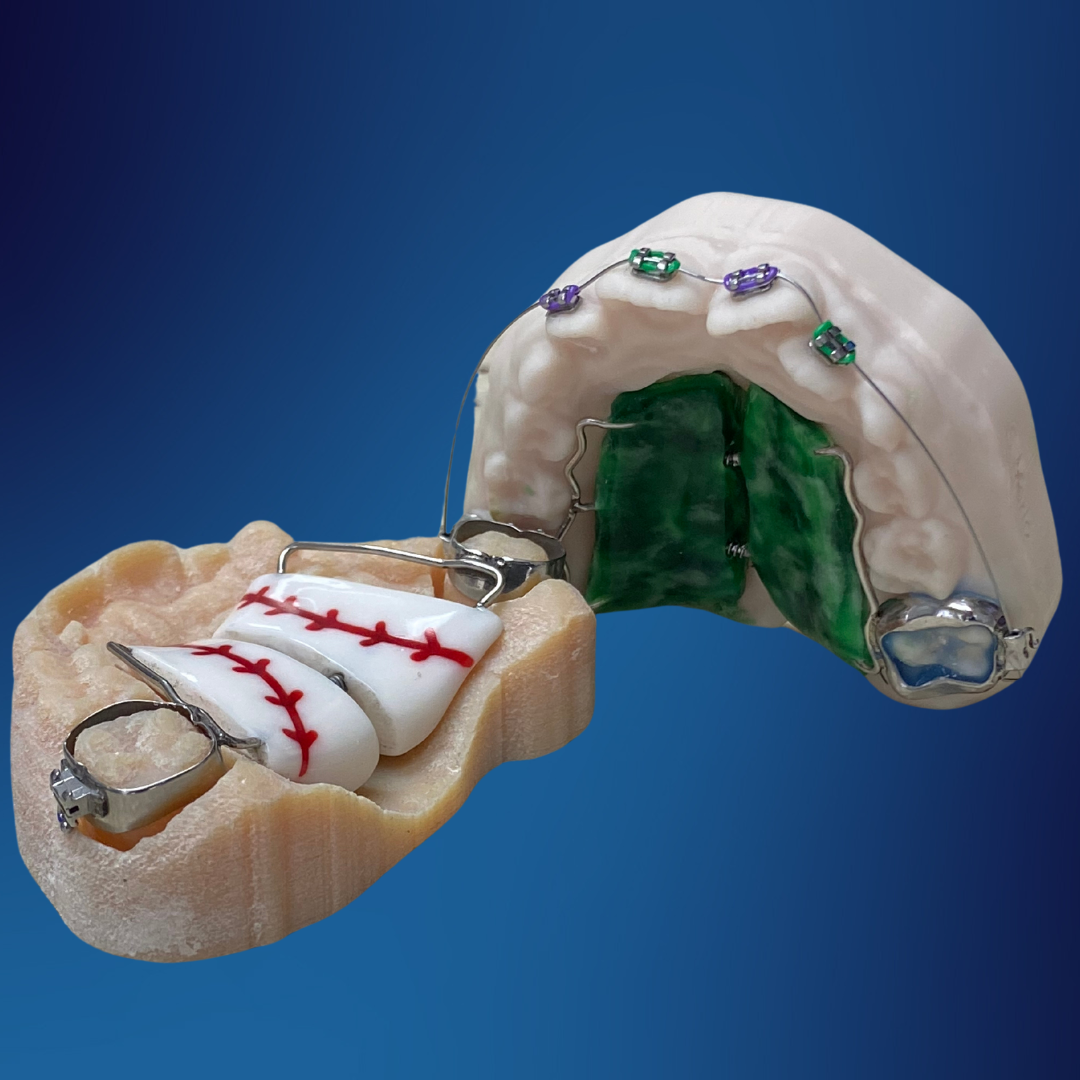Early Treatment Options
The American Association of Orthodontists recommends that parents begin early prevention efforts by bringing their children to an orthodontist at the age of seven.
With children, the baby teeth help guide their permanent teeth into the correct positions. However, sometimes events occur, such as early crowding, trauma, or permanent teeth that do not emerge. Preventive braces can keep small problems from becoming larger ones further down the road.
Preventive braces are mainly for children between seven and nine years old. They allow for sufficient space for the permanent teeth that will come in later. Preventive braces also correct incorrect bites, teeth crowding, and jaw misalignment.
Dr. Schulhof often treats children with preventive braces to guard against future issues.
A big differentiator from other orthodontists is that in Phase I early treatment, we use an ‘automatic’ expander that parents don’t have to turn. It’s easier for Moms and Dads and much more comfortable for our young patients.
We use a maxillary spring loaded palatal expander. It is an open coil spring made from the nickel titanium and provides a continuous low force system to gain arch width.

The Most Commonly Seen Preventive Braces for Young Children Are Space Maintainers
Permanent teeth are guided into place by the baby teeth. If the baby teeth are lost early because of trauma, tooth decay, or other reasons, the permanent teeth may emerge in the wrong location. The job of a space maintainer is to reserve the space where the permanent teeth are expected to come in.
Space maintainers are often employed for children who have missing baby teeth due to:
- Missing teeth from some type of accident
- Tooth extraction due to tooth decay
- Missing baby teeth that never emerged
- Any type of disease or condition that affects a child’s teeth indirectly
- Tongue Crib
Teeth alignment can be affected when children thrust their tongues forward or suck their thumbs. A tongue crib is a wire running along the back of the teeth. It is attached using rings that are aligned with back teeth in order to keep the tongue from moving forward. Otherwise, teeth can be pushed out of alignment.
Dr. Schulhof and his experienced staff are trained and well educated in the treatment of children who require preventive braces. Dr. Schulhof routinely applies preventive braces for many children. If you are concerned about the alignment of your child’s teeth, please call today and explore treatment options with a complimentary consultation.

Age 7 Is Considered the Optimal Time for Screening
By the age of 7, the first adult molars erupt, establishing the back bite. During this time, Dr. Schulhof can evaluate front-to-back and side-to-side tooth relationships. For example, the presence of erupting incisors can indicate possible overbite, open bite, crowding or gummy smiles. Timely screening increases the chances for an incredible smile.
Direct Results of Early Orthodontic Treatment
Some of the most direct results of interceptive treatment are:
- Creating room for crowded, erupting teeth
- Creating facial symmetry through influencing jaw growth
- Reducing the risk of trauma to protruding front teeth
- Preserving space for unerupted teeth
- Reducing the need for tooth removal
- Reducing treatment time with braces
For more information about early treatment for your child, contact us for a complimentary consultation.


Phase 1 Treatment | The Keyless, Magic Expander
Phase I treatment generally begins between ages 7 to 10, when your child’s adult teeth are just beginning to erupt. During this stage, appliances such as expanders or limited braces may be used to prevent or correct issues that can’t be managed with other methods.
The Schulhof Center uses a keyless or “magic” expander. No more manual cranking for mom and dad! This spring loaded palatal expander uses continuous low force to gain arch width and make room for teeth that may not have space to come in on their own.